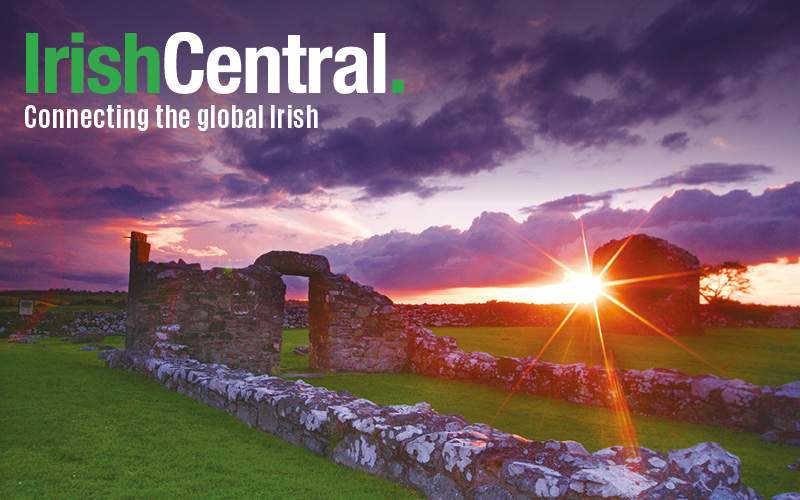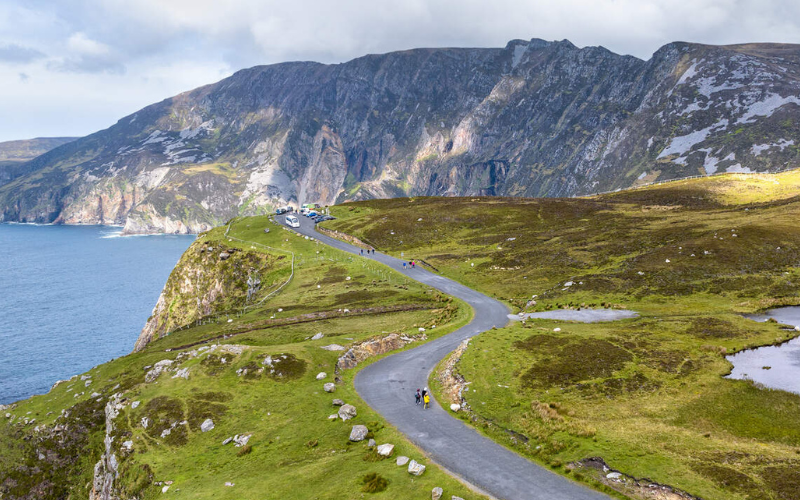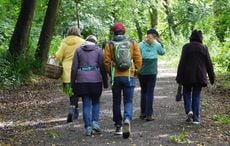Findmypast is working in partnership with IrishCentral to share fascinating insights into your Irish ancestors. Click here to get a special half price subscription, and discover your Irish roots today!
Creating family trees is not just about collecting names and dates. Discovering more about the times your Irish ancestors lived through adds a layer of richness and colour to your family story. What was life like for your great-grandparents? What historical events did they live through? What sort of work did they do? What did they wear? What did they do for entertainment? And how does all this compare to life in modern Ireland?
When we step back one hundred years, we enter a world very different to our own. It was a time when most people in Ireland lived without electricity or indoor plumbing. Women wore corsets and no man would be seen outdoors without a hat. In contrast, today, Ireland is a multi-cultural hub, home to some of the world’s largest corporations and best educated workforces.
There were just over three million people living in Ireland in 1914. One hundred years later, that figure is closer to five million. Back then, most people lived in the countryside although the old Georgian cities were already suffering from over-crowding as people made their way to them in search of work. The white-collar suburbs were growing as the wealthier residents moved out of the city.
The car was still an unusual sight on the roads of Ireland at the start of the twentieth century - there were just a few thousand in the whole country. Horses were the main form of transport, pulling carts and carriages along the narrow country roads and cobbled streets. In the cities, there were trams and bicycles, but most people travelled by foot. This meant living close to where you worked, often over the shop or in the notorious tenements. This is in stark contrast to today’s Ireland, where nearly 80% of households have a vehicle and long daily commutes along congested freeways are part of everyday life.
For most people in 1914 Ireland the working week was long, often six days a week (working at least a half day on Saturdays) and with much longer working hours than today. Shops often stayed open until after 10pm to cater to those heading home from the pubs. There were no paid vacations. With very little free time, your Irish ancestors would have made the most of it.
In a time when there were no radios or televisions, entertainment meant going to the theater, the music hall, a dance, or the new moving pictures. Dance halls were always popular as they offered a place for young men and women to meet without chaperones. Theater groups travelled the country performing variety shows. A night out was a chance to wear a new hat, a smart new suit, or a silk dress.
Perhaps the only social stalwart to stand the test of time is the ‘craic’ in your local pub, which is just as popular today as it would have been in the time of your forebears.
When you look back to your great-grandparents’ time, with a little imagination you can make them come to life as people with their own hopes and dreams, their own toils and troubles, just as you have today.
Start re-creating their lives by building your family tree and searching Irish records from their time at www.findmypast.com.
Findmypast is working in partnership with Irish Central to create expert content around Irish family history. With the largest collection of Irish family history records online and a team of expert genealogists, findmypast is the best place to discover your Irish heritage.




Comments